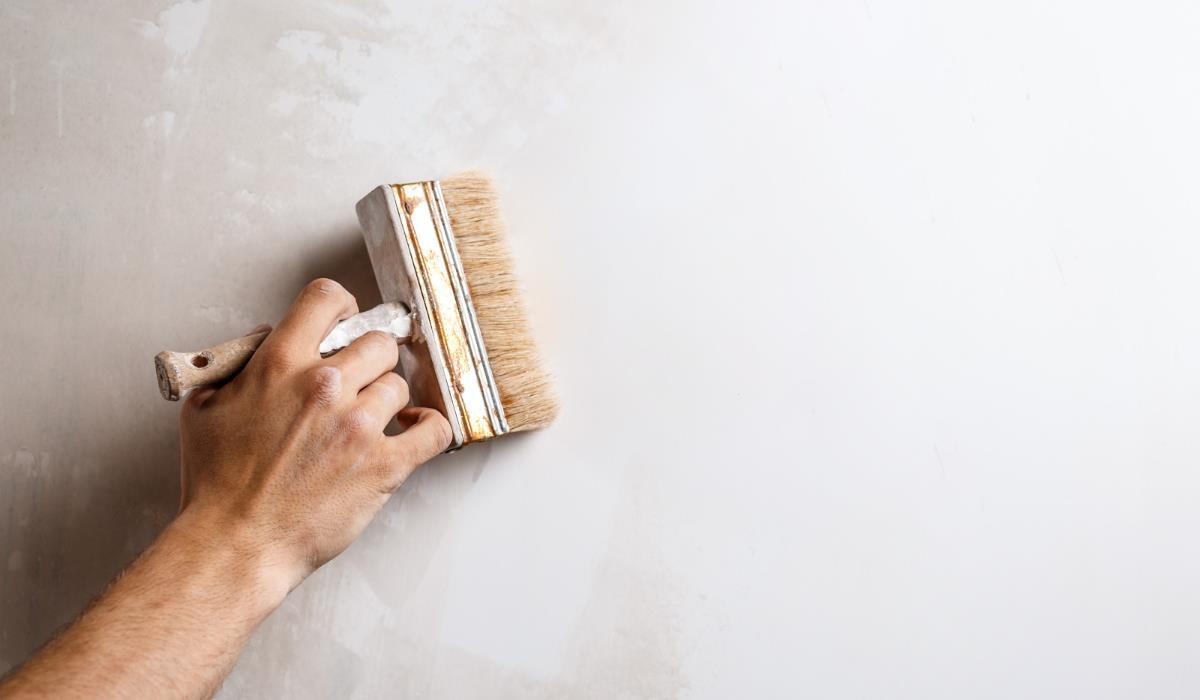Painting a newly plastered surface requires the application of a protective layer known as a primer. In this article, we present a guide to painting walls freshly covered with plaster. Painting new plaster is not just applying emulsion – new plaster gives a smooth surface to the walls and ceiling, which makes it ideal for painting. However, painting directly on it can cause problems that lead to paint not sticking and chipping.
If the plaster is not yet dry, the paint will also trap the remaining moisture, which can lead to problems, cracking and flaking of the paint. A primer may be helpful. It is basically a diluted emulsion that absorbs into a bond, preparing the plaster for the last layer of paint. This is a necessary part of painting, but any skilled DIYer will be able to cope with this task.
How long should I wait before painting new plaster?
Before painting the new plaster, it must dry properly. Under ideal conditions, usually in the summer, it can take from two to three days to as long as two or three weeks. It’s best to leave it for at least two weeks to make sure it’s completely dry. Leave the window open to help with ventilation, which will speed up the drying process. One way to judge whether the plaster is dry is to observe its colour. You will notice the appearance of lighter spots – this is a sign that it is dry. When all the plaster is the same lighter color, it is dry. If you apply the paint before the plaster is dry, it can lead to other problems in the future, so if you want your painting to last long and be permanent, you have to be patient.
What is a primer?

The new plaster is very permeable, which means that it will absorb liquids, i.e. paint. To prevent this, we apply the primer directly to the fresh, fully dry plaster to prepare it for paint. One coat should be enough, but you can apply a second or even a third to make sure the plaster is protected. A simple test to see if it worked is to apply masking tape. If it comes away from the wall with no problem, you’re ready to paint.
What is the primer primer ratio?
The primer has to soak into the new plaster, so it has to be quite thin, almost like diluted soup. If it’s not rare enough, it won’t do its job. Use a white emulsion (doesn’t have to be high quality) as it provides a good color base for any final coat of paint. A common ratio is 7 parts paint to 3 parts water, but you can use a 50-50 ratio if the paint you’re using is thick. Better to be too thin than too thick. Many standard white emulsions will state the best ratio for use as a primer on the product packaging, so if you are unsure whether your paint is thick or thin, check this before mixing the primer.



